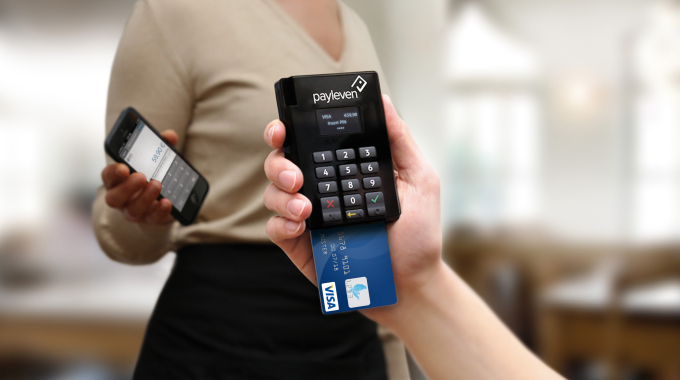Scammers steal £500m from UK bank customers in six months
Criminals stole more than £500 million from UK bank account holders in the first half of 2018, according to industry figures.
Bank trade group UK Finance says that £145 million of the losses were down to authorised push payment (APP) scams, where crooks trick victims into sending money to another account.
The remaining £358 million was lost in unauthorised fraud, where fraudulent transactions are made without the bank account holder’s knowledge. UK Finance says that despite the losses, the industry managed to prevent over £700 million in unauthorised fraud.
Customers who experience unauthorised fraud are usually refunded by their banks. However, APP victims generally do not.

Mobile banking concept
In June the Financial Conduct Authority proposed updating its complaint handling rules to help victims of APP scams after an initial review of the way banks handle them found procedures were inconsistent, that their existing fraud detection systems could not easily detect APP fraud, and they didn’t collect enough data.
Katy Worobec, MD, economic crime, UK Finance, says: “The finance industry is committed to fighting back, investing millions in security systems and cyber defences to protect customers.
“We have brought in new standards to ensure scam victims get the help they need from their payments provider; we are supporting law enforcement in disrupting the criminals and freezing stolen money; and we are assisting the government in improving intelligence sharing to extinguish the threat.”
– Source: finextra.com –



